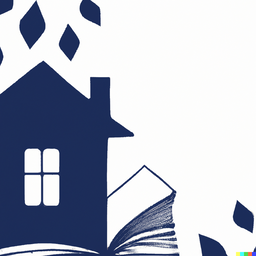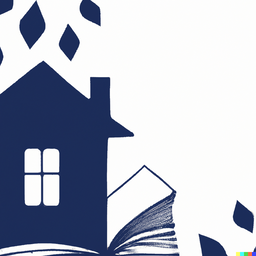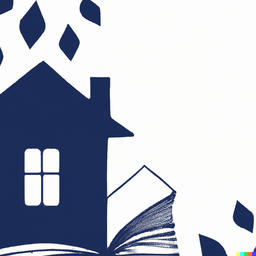
The Multilayered Character of the House in 'House of Leaves'
Introduction
In Mark Z. Danielewski’s postmodern horror novel House of Leaves, the sentient, shapeshifting house that contains a terrifying abyss at its core takes on a prominent role as a dynamic, menacing antagonist. Danielewski develops the house as a character in itself through elaborate symbolism, ominous personality traits, and agency in propelling the plot. This essay analyzes how Danielewski’s nuanced depiction of the home as a voracious, sinister entity underscores the novel’s core themes.
The House Unveiled: A Monstrous Antagonist
House of Leaves tells the unconventional story of a family who discovers supernatural hallways and deforming rooms within their new home. Danielewski establishes the house as its own evolving, threatening character through symbols of monstrosity, metaphors about its psychological impact on inhabitants, and the house actively targeting the family in ways resembling human motivations. Treating the architecture as a character adds layers of complexity to the uncanny setting.
The House's Psychological Stranglehold
Firstly, Danielewski develops the house as an animate villain through descriptive symbols of monstrosity like referring to it as a “beast” and having it “swallow” inhabitants, conveying a rapacious quality. Critic Mark C. Taylor argues this animalistic language casts the house as a “ravenous creature” (Taylor 739). Vivid metaphors like teeth and jaws dehumanize the setting.
The House's Sinister Agency
In addition, Danielewski characterizes the house through its psychological effects on inhabitants, with the father Will Navidson deteriorating mentally as the abyss consumes him. Critic Jessica Pressman asserts the house essentially “attacks the mind” of those inside (Pressman 120). Relationships between characters and setting underscore the house's active power.
Characterizing the Inanimate: The House as an Uncanny Threat
The house also takes on agency through actively stalking and expanding to capture family members. Critic Katherine Hayles observes it behaves with “agency and purpose,” like a monster (Hayles 785). The house’s menacing behavior gives it a motive and personality resembling a horror villain.
The Uncanny Dread of House of Leaves
While some argue only sentient beings can be characters, Danielewski deliberately crafts the house as a dynamic, animate threat through extensive symbolic characterization. This builds an atmosphere of uncanny dread.
Conclusion
Through intricate symbolic portrayal and antagonistic characterization, Mark Z. Danielewski develops the sentient house in House of Leaves as a central villainous entity that adds depth and unease to the novel’s complex exploration of fear and the unknown.
Popular posts
-

Unofficial Sparknotes Guide to "House of Leaves" by Mark Z. Danielewski
November 2nd, 2023
-

Chapter Summaries of "House of Leaves"
November 2nd, 2023
-

Character Analyses in "House of Leaves"
November 2nd, 2023
-

Themes in "House of Leaves"
November 2nd, 2023
-

Notable Quotes from "House of Leaves"
November 2nd, 2023
-

Discussion Questions for "House of Leaves"
November 2nd, 2023